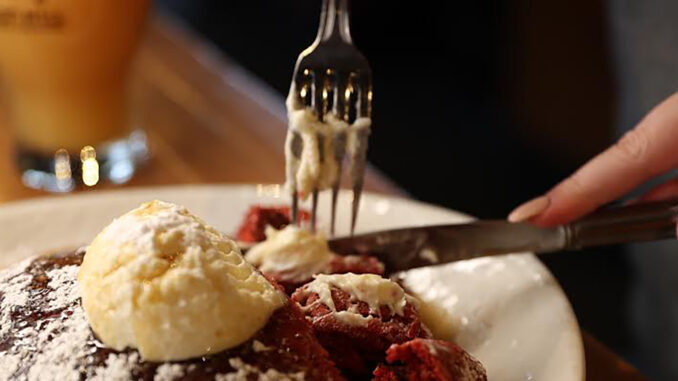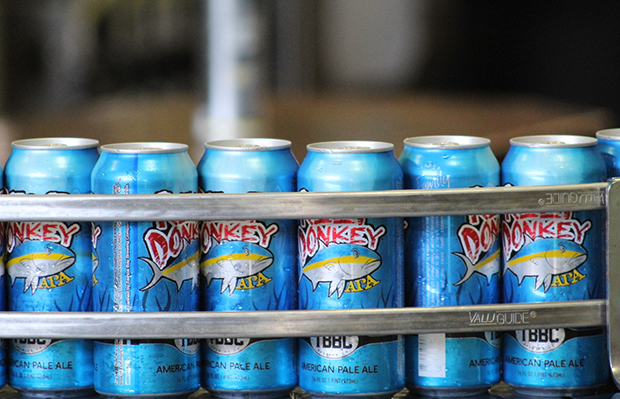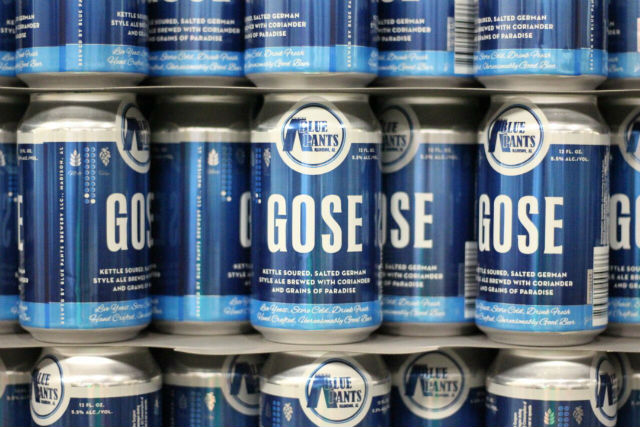
As customers become more discerning and taproom/kitchen experiences are more important than just the pint poured at a bartop, many brewpubs are shifting how they think about food and beer. If you classify as a brewpub, you can no longer separate your beer and food programs or treat hospitality as secondary. Many are now building unified, multi-sensory experiences with purpose. The challenge can be having these ideas come to fruition with consistency, without overwhelming a staff or confusing customers with too much.
At Iron Hill Brewery & Restaurant, Director of Culinary Brendan Mullan said the future lies in “craft at every level.”
That means not only creative beer recipes but also food offerings that push beyond expectations. The brewpub launched a brunch menu around Easter time that included dishes like Red Velvet Pancakes and a Philly Benedict layered with steak, fried onions, and cherry pepper relish.
“We’re always evolving,” Mullan said. “Our guests are adventurous; they’re looking for memorable experiences, not just a meal or a pint.”
This emphasis on customer experience is a common theme for almost any establishment.
For Lawson’s Finest Liquids, Lead Food Curator Jennifer Rodriguez Welch said the team is expanding the taproom to include an events pavilion to support private parties and larger group gatherings. It’s part of a broader strategy to make the brewery more of a destination.
“With two AirBnBs and a growing number of private events, we’re beginning to dip into elevated dining experiences with quarterly five-course beer dinners,” Rodriguez Welch said. “We want to offer a menu guests wouldn’t expect at a brewery.”
That trend toward deeper customer engagement is also showing up at larger concepts like BJ’s Restaurant & Brewhouse. Senior Vice President of Culinary Scott Rodriguez said the company is investing in interactive experiences and better-for-you options on both the food and beer sides.
“Guests are more adventurous and increasingly interested in both the craft behind the beer and the story behind their meal,” Rodriguez said. “We’re leaning into that with exclusive pairings and interactive beer dinners, and by adding lighter beers and health-conscious food.
“Innovation is in our DNA—whether it’s experimenting with new beer styles, expanding into hard ciders and non-alcoholic options, or introducing fresh twists to our menu.”
There’s a growing push to use beer dinners not just as events, but as brand-building tools that deepen guest engagement and position the brewpub as more than casual.
“The evolution of our food and beer menu is a very exciting aspect of my job here as our small kitchen grows to support the taproom as a thoughtful and intentional experiential community space,” Rodriguez Welch said. “I envision people of all walks of life at our bar enjoying world-class beer and perhaps experiencing a menu they would not expect at a brewery.
Seasonality is being used both as a culinary strategy and a marketing narrative, which can offer experiences that also reinforce a sense of place and authenticity.
READ MORE: Food Menu Issues? Here’s an Idea
Even smaller breweries are finding ways to make food and beer work together more intentionally. Twin Oast Brewing, based on a working orchard in Ohio, is building out its farm-to-fermenter approach. Marketing Director Lilly Cruz said the brewery is experimenting with using more homegrown ingredients in both the kitchen and brewhouse.
“Farm-to-table has been a core part of who we are from the start, and that connection to the land is something we’re proud of,” Cruz said. “Now we’re expanding that into our beers, drawing inspiration from our orchard harvests and creating seasonal pairings that reflect where we come from.”
“Whether it’s creative seasonal pairings, beers inspired by our orchard harvests, or new collaborations between our culinary and brewing teams, we’re excited to keep building on the relationship between the farm, the food, and the pint.”
Across the board, brewpub operators are focused less on just what’s on the plate or in the glass and more on the overall experience. That means cross-team collaboration between brewers and chefs, more dynamic and curated events, and aligning the brand’s story through food, drink, and space. This alignment signals that the future of brewpub success depends less on product novelty alone and more on how cohesive and immersive the total offering feels.






Be the first to comment